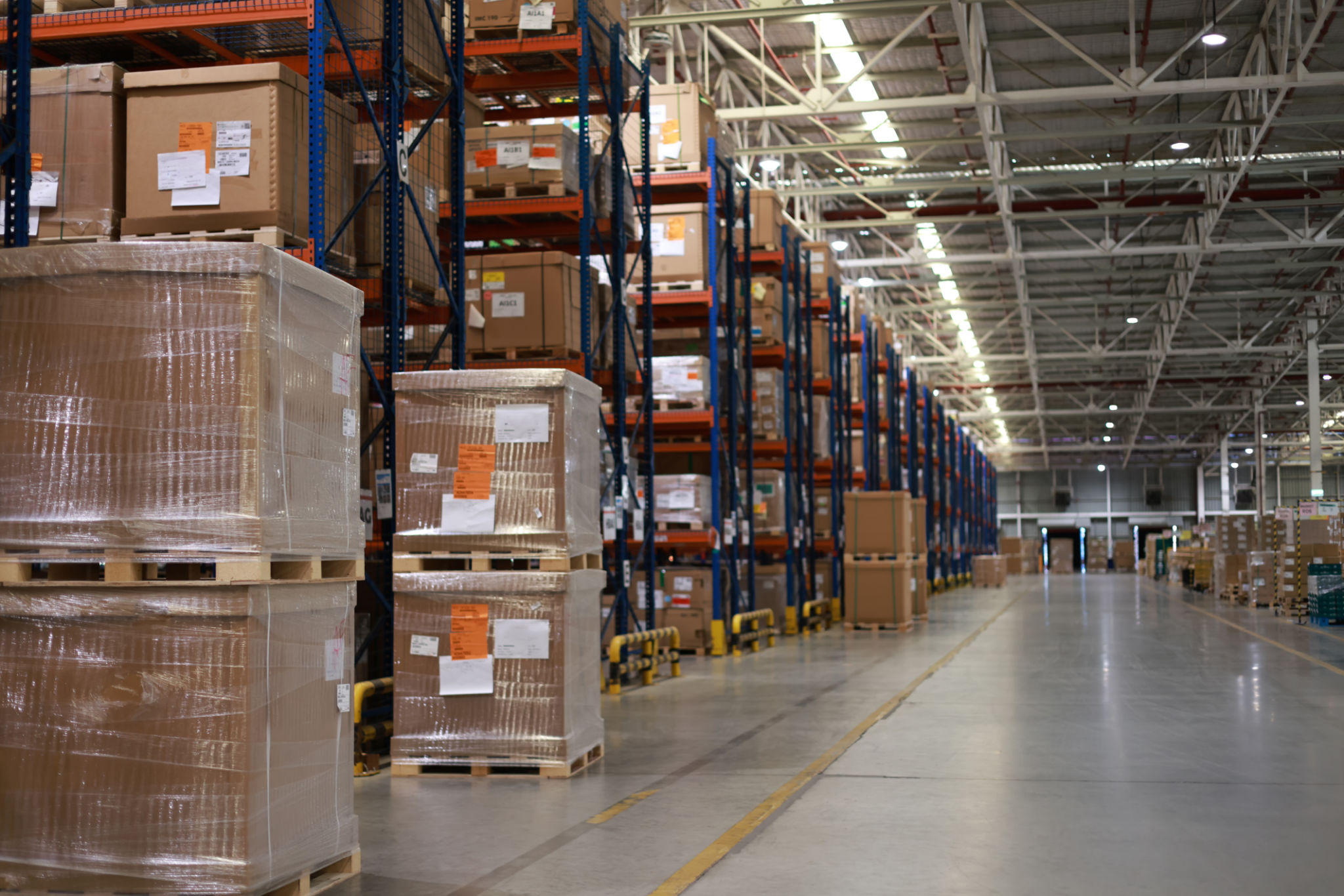Expert Tips for Successful Export Import Shipping
RI
Understanding the Basics of Export Import Shipping
Export and import shipping is an essential component of global trade, allowing businesses to expand their reach and access diverse markets. However, the process can be complex and fraught with challenges. Understanding the basics is crucial for ensuring successful transactions. From choosing the right shipping methods to handling customs documentation, each step requires careful consideration.

Selecting the Right Shipping Method
One of the first considerations in export import shipping is selecting the appropriate shipping method. Options include air freight, sea freight, and land transportation. Air freight is ideal for quick delivery but can be costly, whereas sea freight is more economical for large volumes despite longer transit times. Land transportation is best suited for regional shipments. Evaluate your needs based on cost, speed, and volume to make an informed decision.
Evaluating Cost-Effectiveness
Cost-effectiveness is a critical factor in selecting a shipping method. Consider not only the upfront costs but also potential savings on insurance, storage, and handling fees. Opting for consolidated shipping can reduce costs by sharing space with other shipments, while negotiating better rates with carriers can also yield significant savings.
Managing Customs and Documentation
Customs clearance is a pivotal part of the export import process. Proper documentation ensures compliance with regulations and avoids delays. Key documents include the Bill of Lading, Commercial Invoice, and Certificates of Origin. Familiarize yourself with the specific requirements of each destination country to ensure smooth processing.

Working with Customs Brokers
Engaging a customs broker can simplify the customs process. Brokers are experts in navigating the complex regulations and can expedite clearance by ensuring all paperwork is accurate and complete. This partnership can save time and mitigate risks associated with non-compliance.
Ensuring Proper Packaging and Labeling
Proper packaging and labeling are vital for protecting goods during transit and ensuring they reach their destination in perfect condition. Use durable materials to withstand handling and environmental factors. Clearly label packages with complete shipping addresses, handling instructions, and necessary compliance markings.

Understanding International Labeling Requirements
International shipments often require specific labeling to comply with local regulations. This may include language translations, safety symbols, or barcodes. Failure to adhere to these requirements can result in delays or fines. Research and implement the necessary labeling standards for each market you are entering.
Navigating Insurance Options
Shipping insurance is a safeguard against loss or damage during transit. Assess the value of your goods and potential risks to determine the appropriate level of coverage. Some carriers offer basic insurance, but it may be wise to invest in comprehensive coverage through a third-party insurer for added protection.
Choosing the Right Insurance Policy
Selecting the right insurance policy involves evaluating your shipment's value, destination risks, and carrier reliability. Policies vary widely, so compare options to find one that offers adequate coverage without excessive premiums. Remember that insurance is an investment in peace of mind and business continuity.

